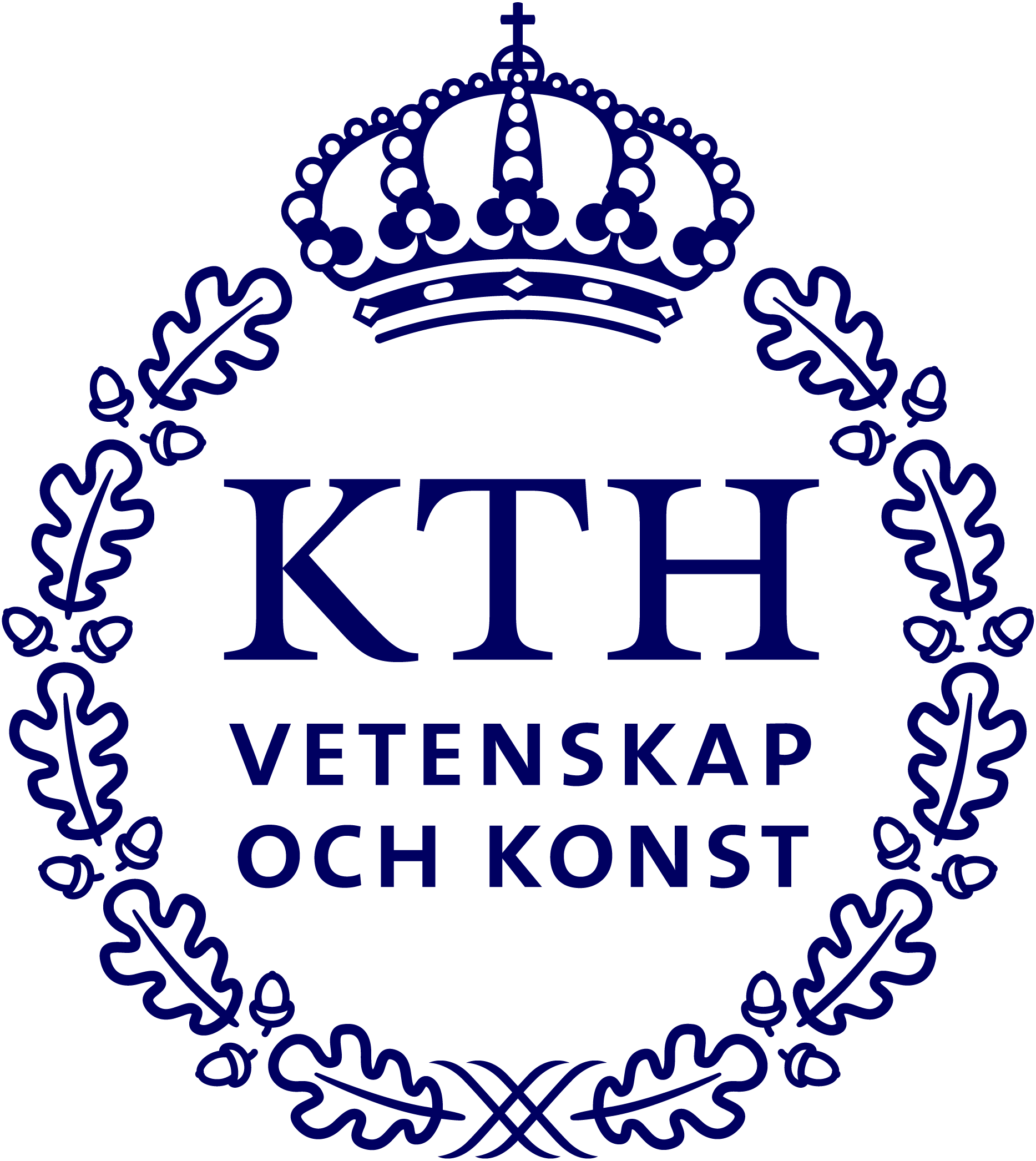How I Learned to Stop Worrying and Start Loving Lifting to Infinite Dimensions
We are happy to present Ram Vasudevan – an assistant professor in Mechanical Engineering and the Robotics Institute at the University of Michigan. He received a BS in Electrical Engineering and Computer Sciences, an MS degree in Electrical Engineering, and a PhD in Electrical Engineering all from the University of California, Berkeley. In his talk, Ram will describe a pair of techniques grounded in infinite-dimensional optimization to address this challenge.
Date and time: 12 January 2021, 3 pm – 4 pm
Speaker: Ram Vasudevan
Title: How I Learned to Stop Worrying and Start Loving Lifting to Infinite Dimensions
Zoom: https://kth-se.zoom.us/j/67432682790?pwd=dVgzbjRSbUVFT2FOYTByYlZrTU9BUT09
Meeting ID: 674 3268 2790
Password: DF2020
Watch the recorded presentation:
 Bio: Ram Vasudevan is an assistant professor in Mechanical Engineering and the Robotics Institute at the University of Michigan. He received a BS in Electrical Engineering and Computer Sciences, an MS degree in Electrical Engineering, and a PhD in Electrical Engineering all from the University of California, Berkeley. He is a recipient of the NSF CAREER Award and the ONR Young Investigator Award. His work has received best paper awards at the IEEE Conference on Robotics and Automation, the ASME Dynamics Systems and Controls Conference, and IEEE OCEANS Conference and has been finalist for best paper at Robotics: Science and Systems.
Bio: Ram Vasudevan is an assistant professor in Mechanical Engineering and the Robotics Institute at the University of Michigan. He received a BS in Electrical Engineering and Computer Sciences, an MS degree in Electrical Engineering, and a PhD in Electrical Engineering all from the University of California, Berkeley. He is a recipient of the NSF CAREER Award and the ONR Young Investigator Award. His work has received best paper awards at the IEEE Conference on Robotics and Automation, the ASME Dynamics Systems and Controls Conference, and IEEE OCEANS Conference and has been finalist for best paper at Robotics: Science and Systems.
Abstract: Autonomous systems offer the promise of providing greater safety and access. However, this positive impact will only be achieved if the underlying algorithms that control such systems can be certified to behave robustly. This talk will describe a pair of techniques grounded in infinite dimensional optimization to address this challenge.
The first technique, which is called Reachability-based Trajectory Design, constructs a parameterized representation of the forward reachable set, which it then uses in concert with predictions to enable real-time, certified, collision checking. This approach, which is guaranteed to generate not-at-fault behavior, is demonstrated across a variety of different real-world platforms including ground vehicles, manipulators, and walking robots. The second technique is a modeling method that allows one to represent a nonlinear system as a linear system in the infinite-dimensional space of real-valued functions. By applying this modeling method, one can employ well-understood linear model predictive control techniques to robustly control nonlinear systems. The utility of this approach is verified on a soft robot control task.


